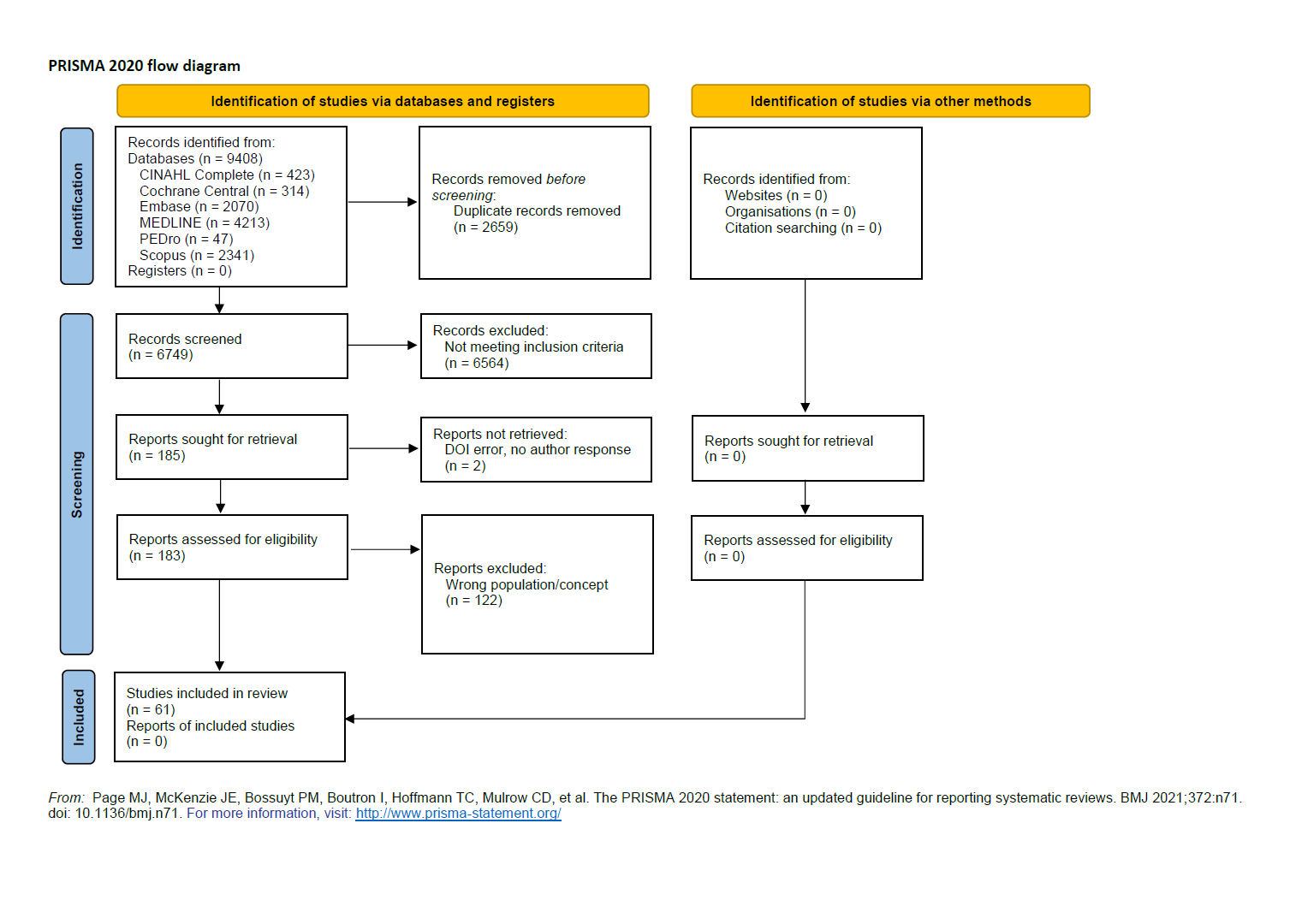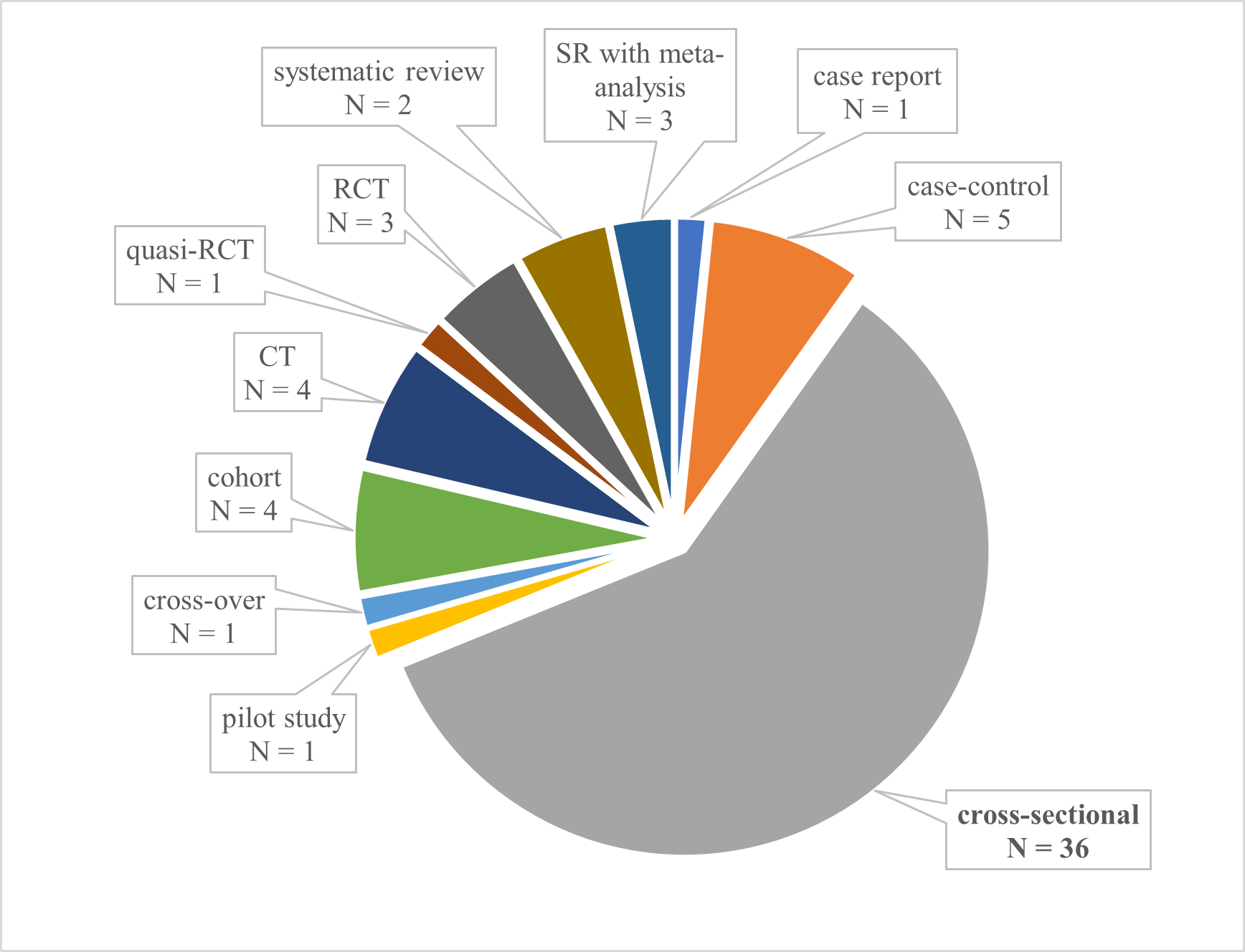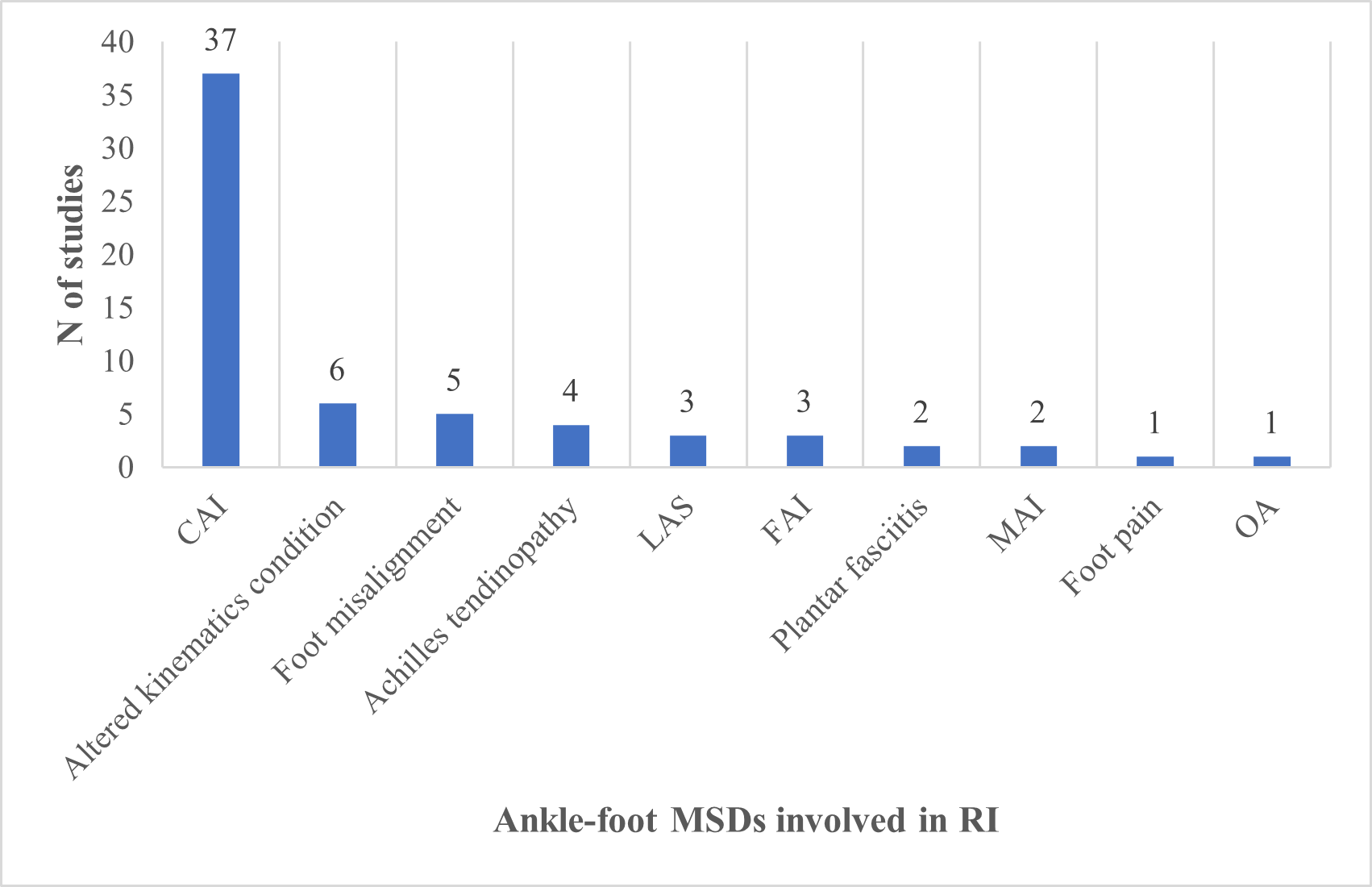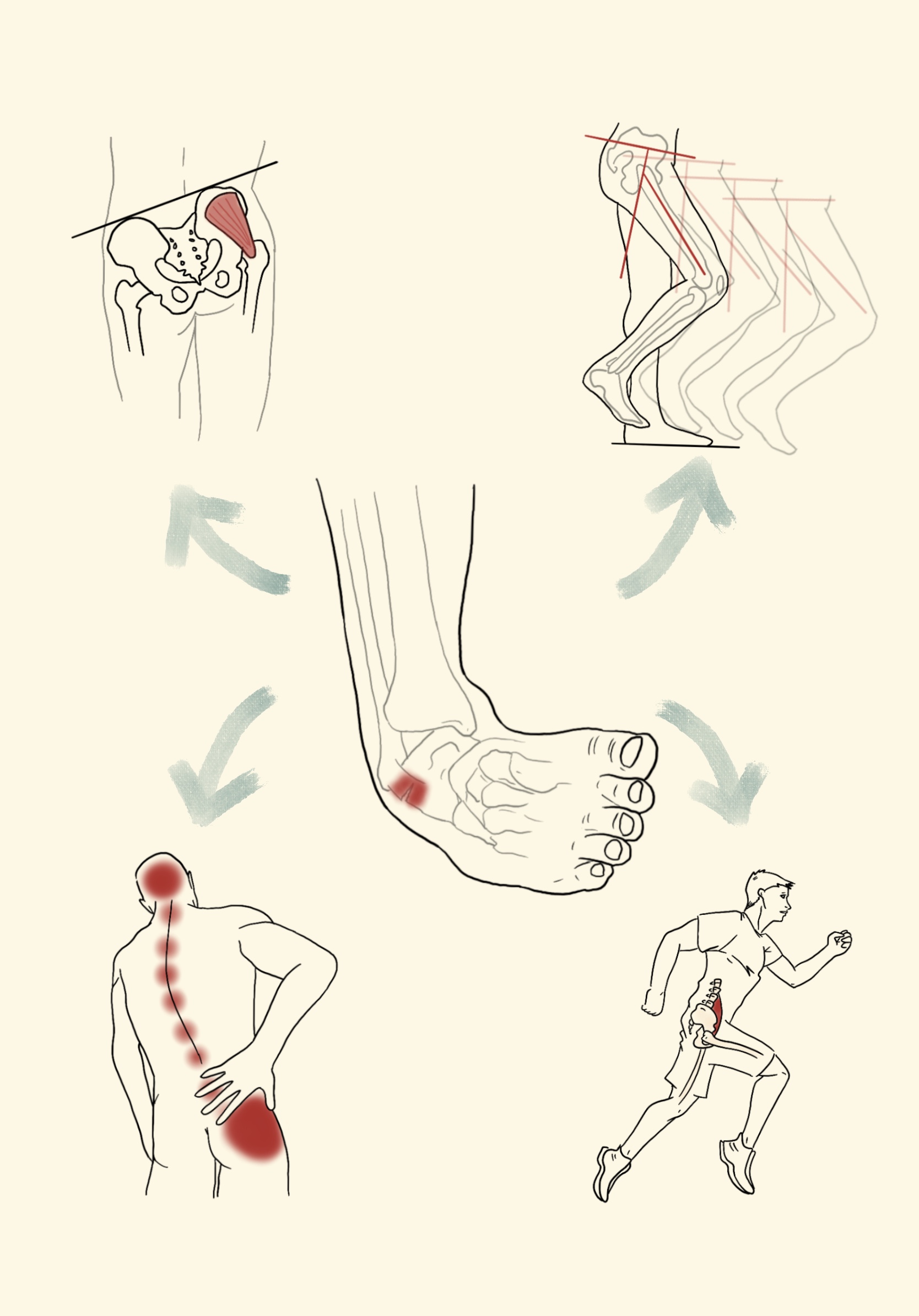Lando Alex [Rehabilitation Unit, Department of Neuroscience, General Hospital-University of Padova, 35128 Padova, Italy]
Manni Tiziana [Alma Mater University of Bologna, Bologna, Italy]
Scariato Angela [Alma Mater University of Bologna, Bologna, Italy]
Pregnolato Giorgia [Laboratory of Healthcare Innovation Technology, IRCCS San Camillo Hospital, 30126 Venice, Italy]
Mantineo Alessio [Alma Mater University of Bologna, Bologna, Italy]
Turolla Andrea [Department of Biomedical and Neuromotor Sciences, Alma Mater University of Bologna, 40128 Bologna, Italy] [Unit of Occupational Medicine, IRCCS Azienda Ospedaliero-Universitaria di Bologna, 40138 Bologna, Italy]
Pillastrini Paolo [Department of Biomedical and Neuromotor Sciences, Alma Mater University of Bologna, 40128 Bologna, Italy] [Unit of Occupational Medicine, IRCCS Azienda Ospedaliero-Universitaria di Bologna, 40138 Bologna, Italy]
“Regional interdependence” (RI) refers to the concept and clinical model that a patient’s primary musculoskeletal symptom(s) may be directly or indirectly related to or influenced by disorders of various body systems regardless of proximity to the primary symptom(s). In the field of lower limb rehabilitation, even it is a common clinical practice to assess and treat the ankle or foot in patients with other lower quarter impairments, very few studies have specifically looked at the influence of ankle-foot on distant regions, such as the hip region and vice-versa. To the authors’ knowledge, no study has been conducted in this regard, and consequently there is not a comprehensive overview both for clinicians and researchers. Defining the relevant relationships and interdependence between these anatomical regions and expected outcomes could lay the foundation for confidently incorporating RI into current models of musculoskeletal disorders (MSDs) management.
This scoping review was performed in accordance with the methodology of the Joanna Briggs Institute and the scoping review protocol was registered a priori on Figshare (https://doi.org/10.6084/m9.figshare.21277185.v1). Six databases (MEDLINE, CINAHLComplete Cochrane Central, Embase, PEDro Scopus) were searched up to October 2022. Studies of adults with both ankle-foot and hip disfunctions and/or related clinical conditions were included. No restrictions on study design, publication type, data and language were applied. Grey literature and the reference lists of all relevant studies were searched for additional records. Two pairs of reviewers independently screened all abstracts and full-text studies for inclusion. Results were presented in numerical and thematic form.
From 9408 initial records, 61 studies met inclusion criteria. The majority of articles were published after 2011 (N = 55) and the most represented study design was the cross-sectional one (N = 36). Chronic ankle instability (CAI) was the ankle-foot MSD mainly studied to be involved in the regional hip interdependence (N = 37). CAI was found to be primarily associated with 5 categories of hip-related MSDs: muscle deficits, kinematic alterations, muscle deficits combined with kinematic alterations, altered neuro-mechanisms, and impairments in the quality of life. Other foot-ankle MSDs investigated in a hip RI context were altered kinematics condition, foot misalignment, Achilles tendinopathy and, less frequently, lateral ankle sprain, functional and mechanical ankle instability, plantar fasciitis, foot pain and osteoarthritis. In this case, the most frequently associated hip conditions were kinematic changes in hip kinematics and muscle deficits.
This scoping review identified 61 studies exploring and discussing regional ankle-foot and hip interdependence in subjects with related MSDs. Findings displayed a higher number of cross-sectional studies, useful to detect the presence of RI, without however explaining a causal link between the conditions studied. Assuming that scoping reviews are not conducted to develop trustworthy clinical guidelines and recommendations, from a clinical point of view we can suggest that RI may be a suitable model for the management of musculoskeletal disorders involving the ankle/foot and hip districts, especially in subjects with CAI. In the rehabilitation of subjects with CAI, it may also be useful to assess the hip district and check for the presence of muscle deficits, kinematic alterations, altered neuro-mechanisms or impairments in the quality of life. Clinical questions remain open, such as which are the most effective treatments in this RI context and for which specific population subgroups.



